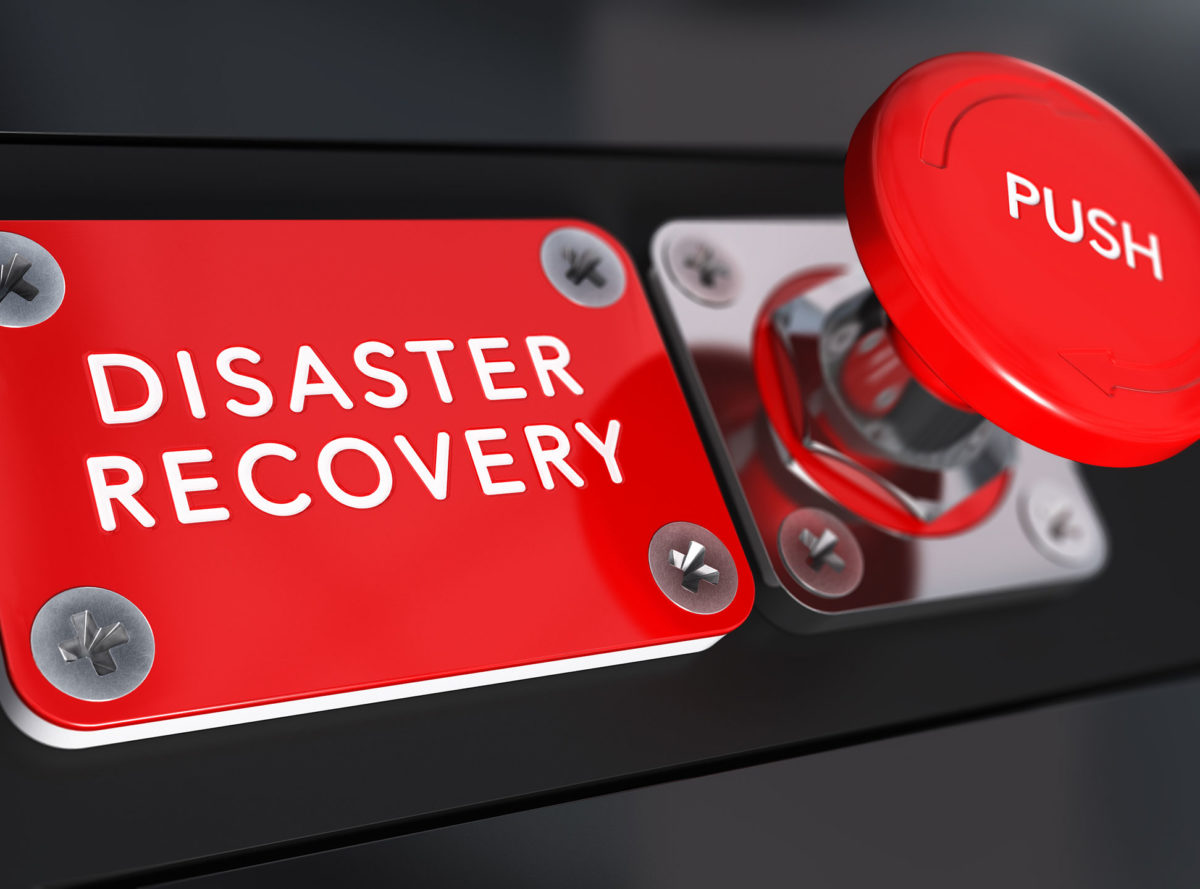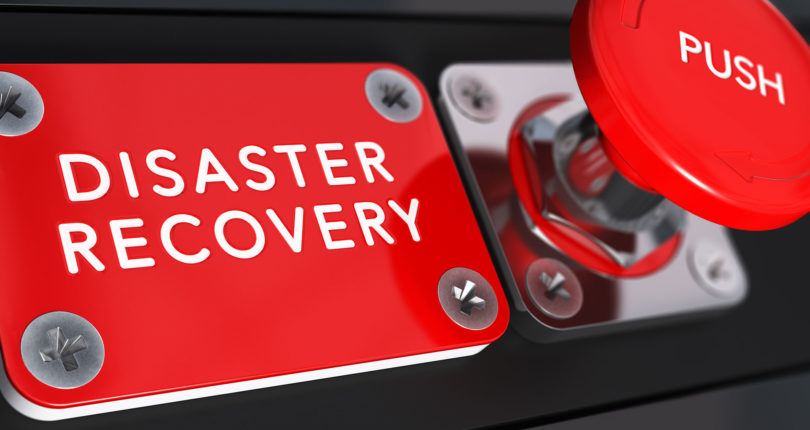What is the difference between business continuity and disaster recovery?
Business continuity planning (BCP) and disaster recovery planning (DRP) are often rolled into one IT strategy for protecting businesses. However, it is important to understand their differences and why one shouldn’t be implemented without the other….

E2E Technologies develops continuity and disaster recovery strategies that enable businesses to keep operating in the event of IT disruption such as a cyberattack or power outage.
Here, we’ll take a closer look at what business continuity and disaster recovery planning each involve and how they make your business more secure.
What is business continuity planning (BCP)?
Business continuity planning is implemented to ensure an organisation will be able to continue to operate during and after a disruption event. The planning stretches far beyond the IT infrastructure. It considers people, processes, resources and dependencies across the entire organisation.
Business continuity planning includes strategies for staff, supply chain management and communications. It may even involve plans for moving the business to an alternative location. Managing remote workers is now also a significant element of business continuity planning.
A key aim of business continuity planning is to limit the impact of an event by ensuring that all operations and equipment such as telecoms and servers continue to run smoothly, or that they can swiftly be back up and running without losing any data or productivity.
The BCP document should anticipate the disruption events the business might be subjected to. These may be power outages, pandemics, human error, cyberattacks, vandalism, sabotage or natural disasters such as fire or flood. From there, the plan should provide strategies for the protection of the essential functions, critical systems and processes, should such events occur, and how those strategies should be carried out.
What is disaster recovery planning (DRP)?
Disaster recovery planning prepares a business for how it will react when a disruption event occurs. It is a plan for rebuilding and restoring the business back to its pre-event state. This involves mitigating costly downtime and maintaining productivity during the event, and ensuring that valuable data and processes are not lost or damaged.
A DRP document should establish responsibilities and strategies for dealing with disruption as soon as it occurs. It will detail any external experts who need to be consulted, testing procedures, the budget for handling disaster recovery and how to deal with potential infrastructure failures or the loss of data. It should also cover how IT systems and data will be restored.
Business continuity vs disaster recovery
In summary then, business continuity outlines the steps that will be taken to restore an organisation to ‘business as usual’ in the event of a disaster. It has a broad scope, considering all aspects of a business’s operation, its people and how it interacts with third parties.
Disaster recovery involves more detail around the action that must be taken when a disaster occurs, and how a business will protect IT systems and data. It allocates responsibilities and details clear goals.
The importance of implementing both business continuity and disaster recovery planning
Having both business continuity and disaster recovery plans in place minimises a disruption’s impact on an organisation. The financial loss and protracted downtime caused by disruption can be devastating to a business. Losing sensitive data can lead to legal proceedings brought by customers and stakeholders.
Robust business continuity and disaster recovery planning make a business resilient. When pitching to larger corporate clients, having such plans in place can be a deciding factor because there needs to be confidence that their operations, reputation and data are safe.
No business is 100% protected from a disaster. Planning for how a business returns to its previous state, should it be subjected to disruption, can be the difference between surviving it or not.
Speak to E2E about your business continuity and disaster recovery planning.
You may want to read: Bring Your Own Device (BYOD) – What Are The Risks to Businesses







